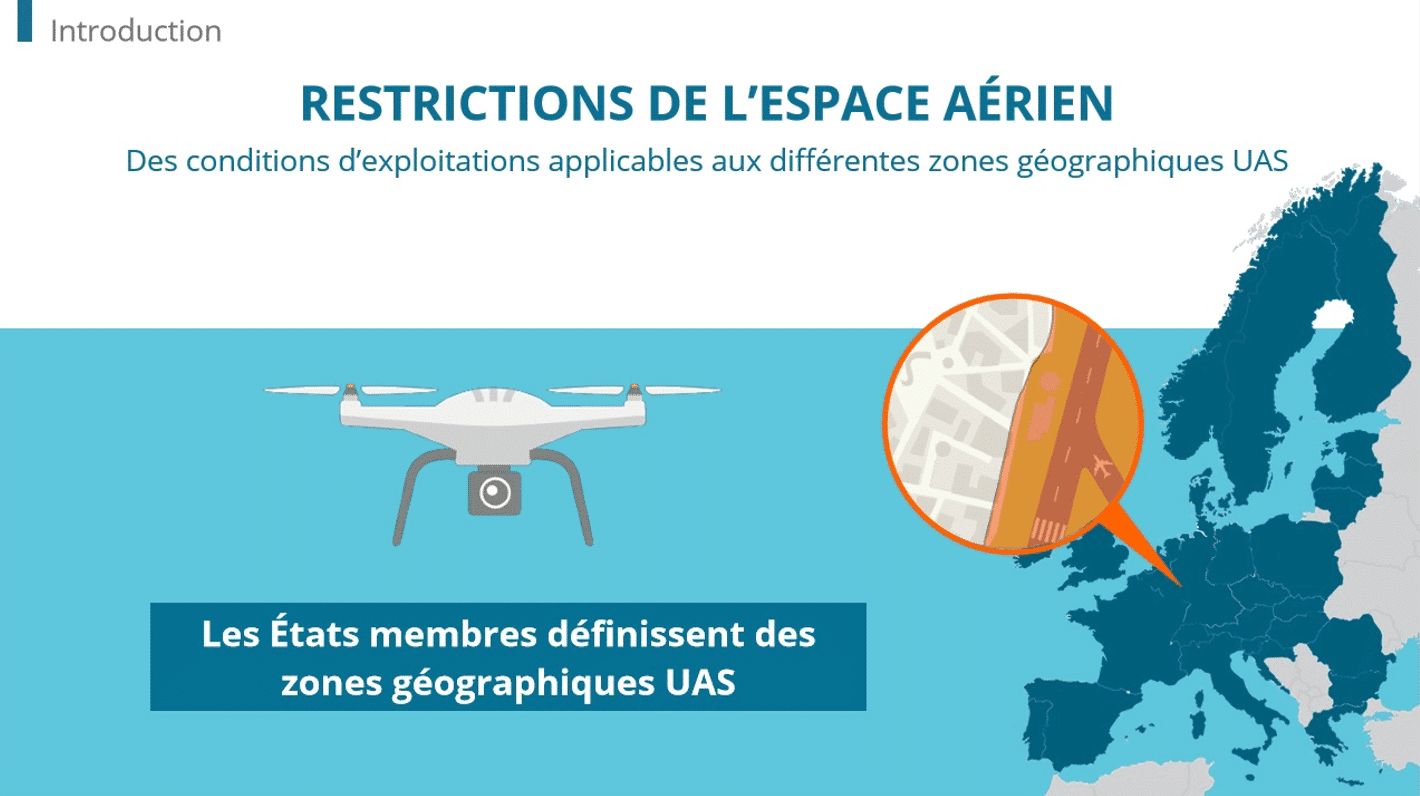Boost Retention and Engagement with These 5 Neuroscience Training Methods
When your company invests in professional development training—especially with an LMS—you need it to be as effective as possible.
One way to get there? Neuroscience.
In contrast to the behavioral focus of psychology, neuroscience analyzes the biological processes of the brain. You have little control over your neurology—these processes happen automatically. And the physical processes and structure of the brain have a direct effect on learning. Successful learning results in connections between neurons, changing the structure of the brain itself.
Applied the right way, neuroscience can help your LMS trainees commit more information to memory with less effort. Let neuroscience lead you in designing a better LMS training system for improved learner outcomes.
Why LMS neuroscience?
The human brain is a complicated thing, and neuroscience is the key to understanding how your team best processes information. Neuroscience is important because it reveals how the brain processes information and then commits that information to memory.
Neuroscience training is a must for your LMS because:
- 85% of employees aren’t engaged at work. Training can be an important component of engagement. But your LMS needs to offer effective training that employees both like and find useful—neuroscience training is the key to fulfilling learner expectations.
- It tells you what matters. Should you focus your efforts on filming more videos or creating more quizzes? Neuroscience tells trainers which methods work best for information retention so you can spend resources on what matters.
- Effective courses change behaviors. On average, only 11% of learners make full use of current training resources in their job. Neuroscience training, however, works with learners’ brains to encourage both information retention and application, leading to positive behavior changes.
Your LMS blends technology and learning. Use the power of neuroscience to give trainees the best experience possible, both in terms of your LMS platform and how you structure the course itself.
5 methods to use neuroscience in training
Formalized training can boost your profit margins by 24%. But LMS training alone isn’t enough: Organizations need to design effective, learner-centric experiences. That starts with applying neuroscience to your LMS—here’s how.
1. Tell stories
If your course throws a handful of data and numbers at your team, it’s unlikely they’ll remember that information later. That’s because the human mind remembers stories and emotions—not raw numbers.
Structure your neuroscience training to give information in the form of stories. That’s as easy as including real-world examples or situations for your course. This not only makes the emotions more real but also gives trainees the opportunity to plan for potential scenarios.
2. Turn it into a game
Loss aversion is an important neurological principle for eLearning: It’s the idea that our fear of losing is greater than our desire to win. That means your trainees’ brains naturally want to put in the work so they won’t be the poorest performer on the roster.
In practice, this means your neuroscience-informed training should gamify content. Leaderboards, competitive quizzes, team-based games, and more are great ways to use loss aversion for eLearning.
3. Combine learning modalities
If you want learners to commit information to memory, design a course that uses both visuals and audio. Neuroscience says that combining modalities to touch multiple senses significantly increases the likelihood of your team retaining the information.
Sight and hearing are the most digital-friendly senses, so create content that caters to both. That might mean filming a video course with subtitles, for example.
4. Summarize and repeat important information
According to the experiential learning concept, human brains go through several stages in the learning process before committing anything to memory. The “reflective observation” stage happens when learners reflect on what they’ve learned to draw meaning from it.
If you want your team members to remember information, be sure to repeat critical concepts and include high-level reviews at the end of each module. This helps the brain organize and process information more efficiently, helping your team remember the lesson well after they finish the course.
5. Personalize the course with pre-assessments
Your neuroscience training should also allow for personalization. Every brain is unique, and asking your new hires to take the same course as your veteran employees is a recipe for learner frustration.
Because every brain is different, your team will make connections with raw information in their own time. It’s more difficult for the brain to find meaning if it’s presented with a new topic, though, and that’s why personalization is so important.
A personalized course can allow your veterans to skip the more basic modules, saving time while encouraging engagement. On the flip side, personalization gives your new employees more context so their brains can better synthesize connections.
Conduct a pre-training assessment to see where your learners are. This pre-assessment will deliver the course to your team dynamically so they can have the most personalized experience for their knowledge level.
Boost your LMS with neuroscience
Neuroscience-informed training makes learning easier for your team. Instead of following archaic rules for your online learning experience, design a course that works with your learners’ biology. These five methods will help you deliver more effective learning experiences that improve retention and, ultimately, drive positive changes in employee behavior.
Is it time to supercharge your training initiatives? Sign up for a free trial of Dokeos to create powerful online learning experiences for your team.








































